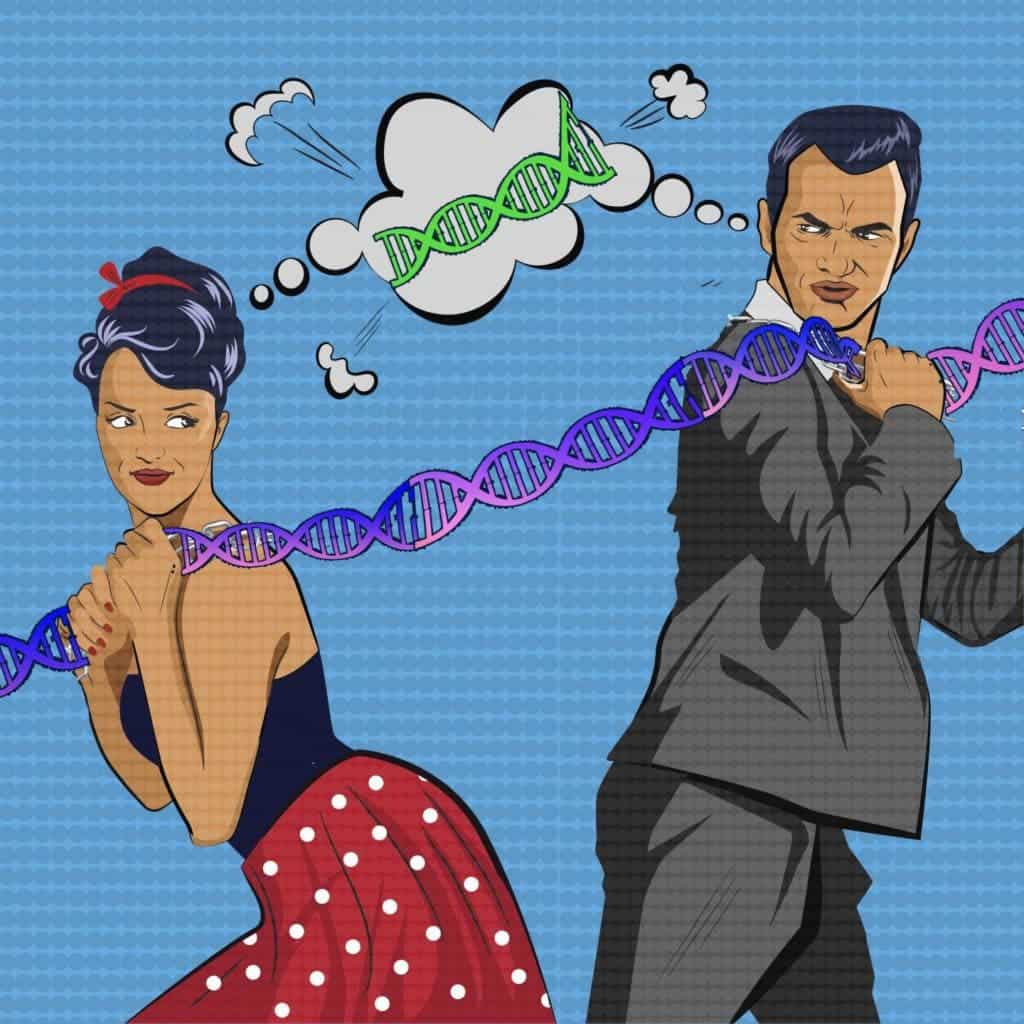Men and women might be from the same species, but it sometimes doesn’t look like it. Aside from the obvious physical and psychological differences, there are also more subtle elements. For instance, the way in which we react to drugs and viral infections varies for the two sexes, and this could be a big problem. We’re treating similar health problems in the same way for both men and women but this might not be the wisest thing — which is why researchers are trying to chart out genetic differences. Now, Prof. Shmuel Pietrokovski and Dr. Moran Gershoni of the Weizmann Institute’s Molecular Genetics Department have created the most detailed map of these differences.

Pietrokovski and Gershoni started with a specific problem: about 15% of couples trying to conceive are defined as infertile, which is quite a lot. However, having a mutation that makes you infertile is the first thing that you’d expect evolution to weed out, because the mutation directly threatens the spread of the population. So why then are these mutations so common? The reason is, researchers argue, that these are sperm mutations which only affect men. A mutation that’s detrimental only to half of the population, no matter how damaging, can be freely passed on to the next generation.
They wanted to see all such genes which manifest differently and might be passed on in the same way, not only relating to fertility. They turned to the GTEx project — a very large study of human gene expression recorded for over 500 adults. They analyzed around 20,000 protein-coding genes, sorting them by sex and looking for differences. They found 6,500 genes which have a bias towards one sex or the other in at least one tissue. For instance, genes for hair growth on the skin were better represented in men (which was expected), while fat storage was also better expressed in women (also expected). But not everything was as evident.
For instance, some genes were only expressed in the left ventricle of the heart in women. Of those genes, one is also related to calcium uptake, so scientists believe it serves as an adaptive mechanism for the onset of menopause. Yet another gene that was mainly expressed in women was active in the brain, but its function is completely unknown.
Researchers also wanted to see to what extend damaging mutations are tolerated or weeded out, and this was pretty unclear. They did see that sexually-biased genes were less likely to be eliminated.
“The more a gene was specific to one sex, the less selection we saw on the gene. And one more difference: This selection was even weaker with men,” says Gershoni.
The best thing they have to serve as an explanation is a theory of sexual evolution proposed in the 1930s.
“In many species, females can produce only a limited number of offspring while males can, theoretically, father many more; so the species’ survival will depend on more viable females in the population than males,” explains Pietrokovski. “Thus natural selection can be more ‘lax’ with the genes that are only harmful to males.”
This is the best such map we have so far, but there is still plenty of room to advance our knowledge. We still don’t know exactly why these genes manifest the way they do, and more importantly — what effect they have. With the ascent of personalized medical treatment, studies like this will become more and more important in the future.
“The basic genome is nearly the same in all of us, but it is utilized differently across the body and among individuals,” says Gershoni. “Thus, when it comes to the differences between the sexes, we see that evolution often works on the level of gene expression.” Pietrokovski adds: “Paradoxically, sex-linked genes are those in which harmful mutations are more likely to be passed down, including those that impair fertility. From this vantage point, men and women undergo different selection pressures and, at least to some extent, human evolution should be viewed as co-evolution. But the study also emphasizes the need for a better understanding of the differences between men and women in the genes that cause disease or respond to treatments.”
Journal Reference: Moran Gershoni and Shmuel Pietrokovski — The landscape of sex-differential transcriptome and its consequent selection in human adults. DOI: 10.1186/s12915-017-0352-z






